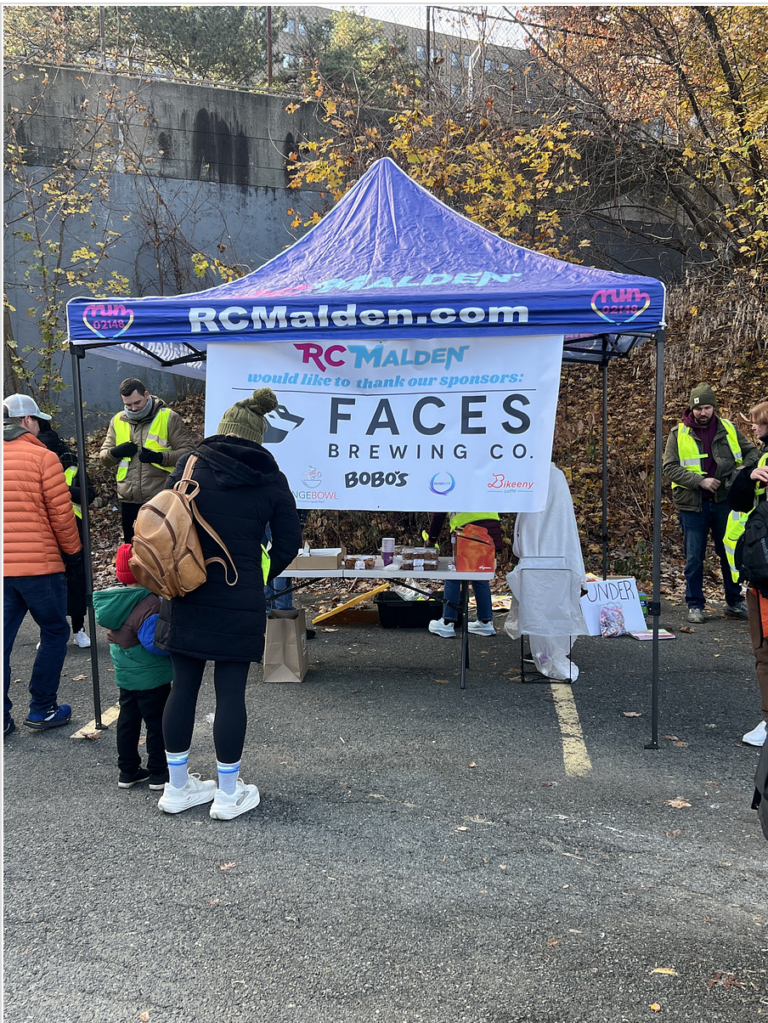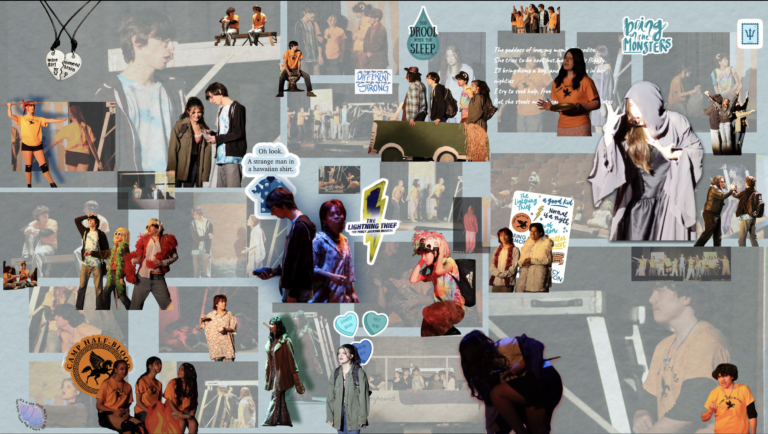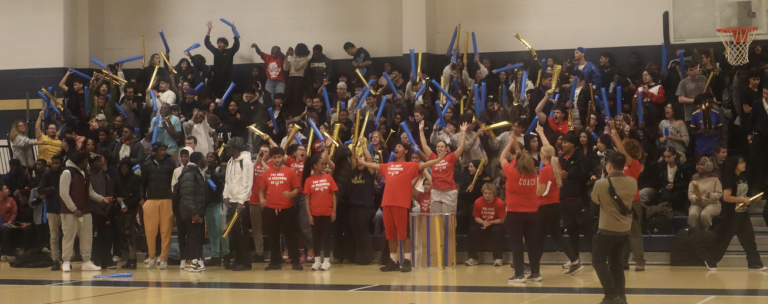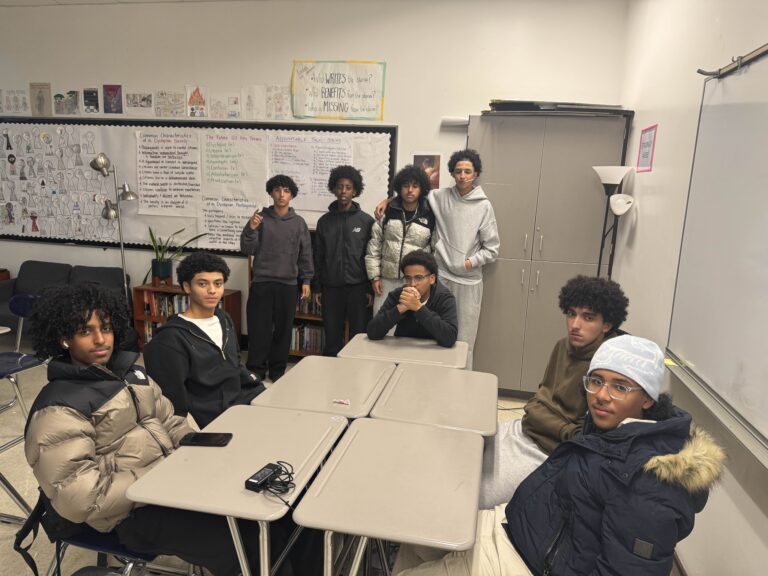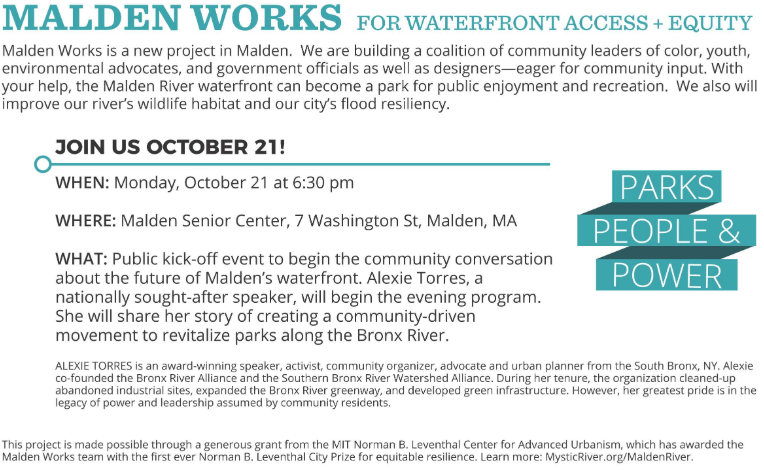
Informational flyer about the waterfront event. Image taken from the City of Malden website.

Image taken from the City of Malden website.
One of the most undeniably important things a community can have in this day and age is Equitable Resilience, which is what the meeting on October 21st for Waterfront Equity revolved around. One of the best ways to define Equitable Resilience is that it shortens the advantage gap, essentially, between wealthier and poorer people. Equitable Resilience regarding climate change, for example, would ensure that the poor have help evacuating to more inland places if sea levels were to get too high in coastal cities.
According to Marie Law Adams, “In the Malden Works project in particular, our team is working to develop a planning and design process that is community-led, and amplifies voices that have been marginalized or underrepresented in the past.” The design revolves around the Malden River, ways to make it more accessible, and ways to improve it.
Another one of the subjects that the meeting revolved around, was the awarding of the Norman B. Leventhal prize, with its current (trianellial) theme revolving around Equitable Resilience, set by the Norman B. Leventhal Center for Advanced Urbanism. The prize was awarded to the team including Adams, Kathleen Vandiver, Evan Spitrini, Karen Buck, Marcia Manong, Amber Christofferson, and Gary Christenson. The prize was named after the late Norman B. Leventhal, developer and philanthropist.
One of the highlights of the night was Alexie Torres, who spoke about her youth in the Bronx, and how her community managed to improve many things throughout the Bronx, most notably the transformation the Bronx River went through. Torres stated that “[she] was raised during a period of time in the 60’s and the 70’s known as the burning of the South Bronx. It was a very dark and not a really good time in the history of [her] neighborhood.”
One of the things that Torres brought up was the Brady Bunch, surprisingly. She said that “[she] used to watch the Brady bunch and [she] used to be awed by the fact that they had a backyard.” Torres went on to explain that she grew up in the public housing project on the 9th floor, and for her as a child, it was “unfathomable that somebody could own a piece of the earth, and have a backyard.”
Torres then described how the Bronx River was highly industrialized, very polluted, not navigable, not swimmable, certainly not fishable.” She stated that she grew up along the Bronx River and she never knew that it was there because she had no access to it and it was so industrialized.”
Youth went out into the river and they noticed disparities between the river that ran through some of the wealthier congressional districts and what the river looked like in their neighborhood, where there wasn’t much access and was much more polluted.
She stated that “where the people lead, the leaders will follow.” Torres explained they found that ideology through the Bronx River. She learned that there was “a power in people that you could not find necessarily in anyone who had other types of expertise.”
Torres went on to describe the first of the projects organized by the youth, an abandoned concrete plant, which they wanted to transform into a park. She said that “everyone got involved,” and she brought up the example of her father, who was very passionate.
After Torres spoke the attendees broke up into groups and thought of things that could be changed about the river, such as things that can be done there (biking, good locations for photos, etc.) and ideas on how to increase the public’s knowledge and accessibility of the river.
Kathleen Vandiver stressed the role of the community in the project, as it is an important part in the purpose of the Leventhal prize as of now. One of the things that the prize strives to do is stimulate participation equitable participation in the community. Vandiver stated that “The Leventhal Prize hopes to ‘jump start’ [equitable participation] in Malden with a steering committee of community members participating in the planning for how the city’s new public open space on the river might be best shared.”
The Malden Redevelopment Authority is the entity that owns the land that the Department of Public Works is placed on, which is the primary way of entering the river. According to Evan Spitrini, “when the concept design is complete, [MRA] be responsible for applying for further funding to cover construction costs as well as managing that process.”
Overall, the goals of the project are still materializing. However, the goal of involving the community has almost already been achieved if the meeting is anything to go off of, with many people, including youth, attending. It may take decades, but the river will go through a transformation.
The next meeting will be held January 2020.

